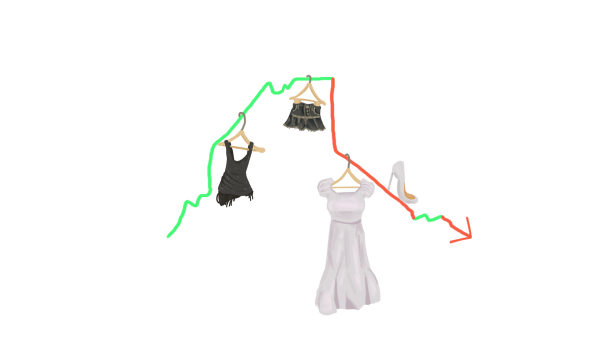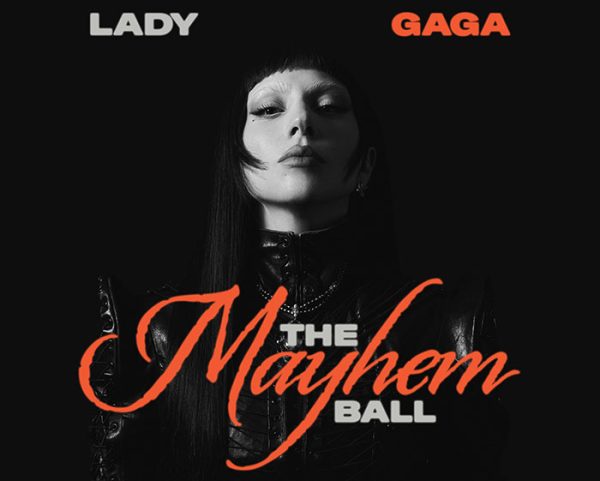Soul searching through MBTI
Bill and Jill work together, but they could not be more different. After a long day, Jill unwinds by spending time with her friends, while Bill would rather curl up with a good book. Jill likes to give and receive detailed information, while Bill tries to look at the big picture. Bill goes with what feels right when making important decisions, but Jill goes with what logically seems correct. Jill prefers a constructed and settled environment, and Bill prefers things to be more open-ended. Jill is an ESTJ, while Bill is an INFP.
Disclaimer: MBTI is not a strict set of rules, but rather a general framework that can help you understand your personality better.
The MBTI is a widely used personality inventory, suited to understanding human behavior. The questionnaire was developed by Isabel Myers and Katherine Briggs, based on Carl Jung’s theory of personality types. There is no “best” or “better” personality type. It is not a method of identifying dysfunction or abnormalities. Rather, its primary purpose is to help you understand and learn more about yourself.
Katharine Cook Briggs and her daughter Isabel Briggs Myers drew from influential psychologist Carl Jung’s theories to invent the MBTI personality test in 1942. In an age of “What Disney princess are you?” quizzes, MBTI is a personality test that, while still reductive, actually indicates something about personality. The test uses four dichotomies to divide people: E/I (extroverted/introverted), S/N (Sensing/Intuitive), T/F (Thinking/Feeling) and J/P (Judging/Perceiving).
The test is accessible, free and easy to use, so it makes sense why it is popular. Many people find it a fun way to learn more about their own differences, and it can help people gain clarity about the situations and circumstances where they can naturally be at their best, learn about their relationship with other personality types, and even use it to find their compatibility with other people.
However, compatibility is a false construct. The idea that only certain people can get along, and some people are destined to clash. is just not true. While some pairs are more challenging than others, all relationships have their own set of differences. Being naturally “compatible” is not important in these cases, since there will always be differences in every relationship. What matters is the ability to have understanding and respect in a relationship.
The test also ignores important personality figures, and many people get different results when they take it multiple times.
The MBTI is not a finish line, but more of a starting point for self discovery. It is easy to get caught up in assumptions about the world, but many do not realize that by fully believing in things like MBTI, our perception of the world becomes limited, and this lack of open-mindedness will restrict everyone into little boxes of personality traits, when there has never been a universally agreed upon way to measure personality.
The MBTI test might seem like a great relationship predictor—a more reliable version of astrology—but MBTI should not be used as a guide for how to act or build relationships. It remains a popular assessment, but there is not enough evidence for its scientific validity to use it as a schema to understand the world.
At the most, the test points out that people behave differently largely because they view and interact with the world differently. If the MBTI helps people to understand that their conflicts may be the results of these different worldviews, then that alone might make the test worthwhile.













